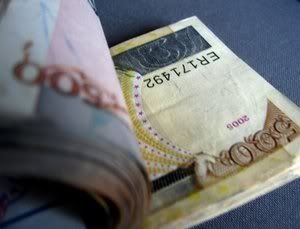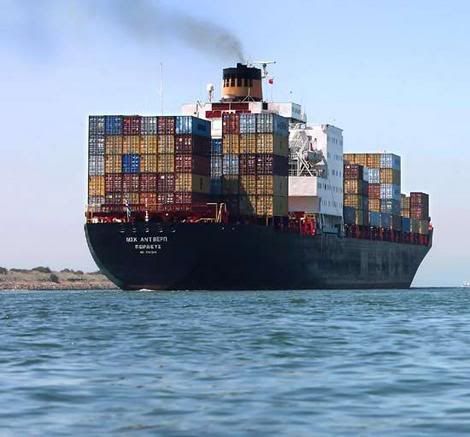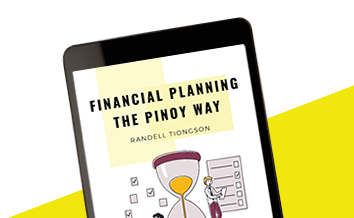Peso gets stronger
By Randell Tiongson on September 4th, 2010
The peso closed at 44.69 to 1 US Dollar yesterday as per the official government rate (PDS). Our currency gets stronger and stronger and my fearless forecast is that it will even be stronger in the coming months as remittances from our OFW’s will start to increase as per tradition during the ‘ber’ months.
The big question is, will this really be good for our economy? A stronger currency is appreciated by many as it generally affects many prices, especially in an import heavy country like the Philippines. On the other hand, it also means that the spending power of the remittances being sent home declines. Further, the appreciation of our peso makes our exports more expensive and affects the revenues of our exporters.
It is a tricky balance coming up with a foreign exchange rate that benefits everyone. However, these are economic realities we all need to face and accept. Government interventions will not really work in the long run, hence doing so is futile in my opinion.
The long term position of our currency will really be dependent on two things, the way we manage our economy and the way the U.S. manages theirs.

Exports and Foreign Direct Investments
By Randell Tiongson on January 13th, 2010
Update as of Jan. 2010
Philippine exports break losing streak–rises in November
· Exports in November hit $3.69 billion, up 5.1% from a year earlier
· This is also +0.6% higher from October levels.
· For the January-November period, exports were down 24.6% to $35 bn.
· This is the first time exports grew since September 2008
· Growth was driven by the increase in electronics sales.
· Electronics exports in November rose 6.9% to $2.14 billion.
· Exports to the U.S., Japan and the Netherlands showed on-year gains of 7.5%, 2.7% and 56%, respectively.
FDI for Oct 2009 reached $59 M
· For Oct 2009, the country recorded a net inflow of $59 mln in foreign direct investment.
· A reversal from an outflow of $62 mln the previous month.
· Central bank said that a net-equity capital infusion of $41 mln came from Hong Kong, the U.S. and Japan.
· With the bulk of the investments allocated to the mining, construction and financial intermediation sectors.
· The positive investor sentiment resulted to an 18% rise in net inflow of FDI in the Jan-Oct period.
Economics 2009; Deficit & Inflation
By Randell Tiongson on January 7th, 2010
Philippines to incur Php 300 Billion in deficit for 2009
· According to the Department of Finance, the Philippines will likely report a budget deficit for 2009 of below PHP300 billion ($6.56 billion).
· One of the reasons for the deficit is that the Bureau of Customs likely collected PHP50 billion less than it targeted last year.
· A smaller shortfall than the PHP57 billion initially estimated.
· The budget deficit data are scheduled to be released later this month.
Inflation jumps to 8-month high in Dec
· For December, The country’s inflation rate went to an 8-month high of 4.4%.
· This is due to higher food and oil prices.
· Bringing the average inflation for 2009 to 3.2%; still with in the Central Bank’s estimate of 2.5% to 4.5%.
· The increase in inflation rate is said to unlikely push the central bank to hike rates soon.
· The Bangko Sentral has set an average inflation target of 3.5% and 5.5% for 2010 and 3% to 5% for 2011.



